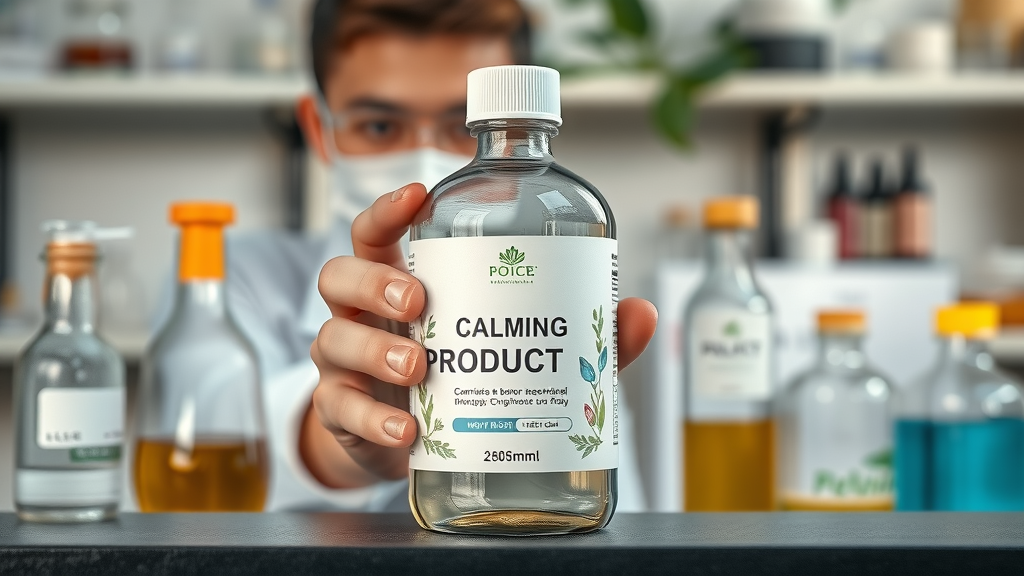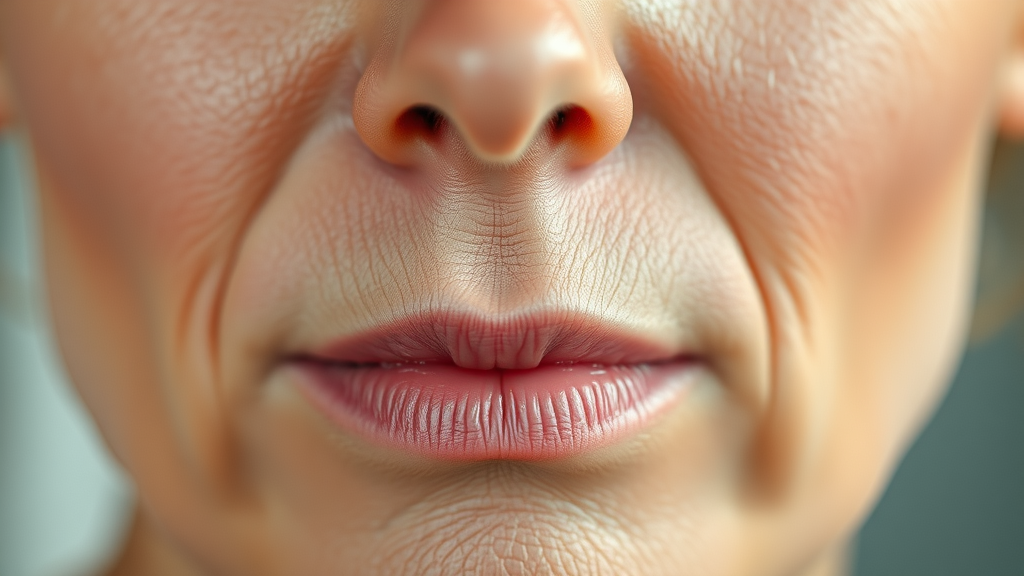When it comes to relieving pain and facilitating healing, few products have sparked as much curiosity as Biofreeze. Marketed extensively for its ability to provide pain relief, many wonder, does Biofreeze actually help with healing? Let’s delve into its scientific claims, personal experiences, and broader impacts in this complete guide.
Unveiling the Truth: Does Biofreeze Heal?
Biofreeze often finds itself at the center of discussions about pain management, especially for those experiencing joint pain and sore muscles. This analgesic gel promises quick relief through its cooling sensation. However, does Biofreeze simply mask the pain or contribute to healing? This question invites a deeper examination of both personal experiences and scientific backing.

Initial Thoughts and Personal Experience
For many users, the first encounter with Biofreeze comes with a mix of skepticism and hope. The immediate sensation of cold can offer a powerful distraction from pain, aiding in the relief of aches and pains. From a personal standpoint, regular users report significant temporary relief in conditions like back pain and knee pain, though opinions vary on whether it fosters actual healing over time.
Scientific Evidence Behind Biofreeze
Scientifically, Biofreeze operates by creating a sudden sensation of cold, which helps in altering how the brain signals pain. Its active ingredient is menthol, known for its efficacy in pain management, yet major studies, including randomized controlled trials, indicate its primary role is in pain relief rather than healing bodily tissue injuries. As such, Biofreeze is considered more of a mitigation approach rather than a direct healer.
"Biofreeze claims to offer rapid pain relief, but can it truly heal? Let's dive deeper."
The Role of Cold Therapy in Pain Relief
Cold therapy is a cornerstone in physical rehabilitation practices. Used extensively in minimizing tissue injuries, it reduces inflammation and numbs pain by constricting blood vessels and decreasing blood flow. The question whether cold therapy heals or merely provides relief needs exploration.

How Cold Therapy Works
Cold therapy, or cryotherapy, exploits the sensation of cold to offer comfort in affected areas. By slowing down the blood flow, it reduces inflammation, which might indirectly aid healing. However, it is crucial to recognize that while this type of cryotherapy provides temporary alleviation of pain, especially in cases of joint and lower back pain, its healing effects are secondary and indirect.
Effectiveness of Cold Therapy in Healing
While cold therapy, including Biofreeze, does not repair damaged tissues directly, it plays an important role in the rehabilitation process by providing respite from the discomfort. This, in turn, can facilitate other modalities of treatments like exercise and chiropractic care, which are essential in holistic healing strategies.
Exploring the Side Effects of Biofreeze
Despite its beneficial pain-relieving properties, potential side effects accompanying Biofreeze's usage demand attention. Understanding these effects and comparing them with alternative solutions is vital.

Potential Risks and Precautions
Biofreeze is generally considered safe; however, like any topical product, it presents risks if used improperly. Repeated overuse can lead to skin irritations, and those with allergic reactions to menthol should avoid its application. Adhering to recommended usage and consulting a healthcare professional when needed are key to utilizing Biofreeze safely.
Comparing Biofreeze to Other Pain Relief Options
In the realm of pain relief, Biofreeze competes with products like heating pads and other topical gels. Each offers unique advantages, and Biofreeze's niche lies in its non-invasive, quick-action formula that is ideal for temporary relief, albeit without the warming sensation that sometimes benefits deep-tissue injuries.
Addressing Back Pain and Sore Muscles with Biofreeze
Biofreeze is particularly popular for managing back pain and sore muscles. Its application is straightforward, making it a preferred choice for many suffering from these common ailments.
Practical Use for Back Pain
Applying Biofreeze to the lower back can help in providing relief by numbing the affected area. Its cooling sensation is effective in reducing the discomfort caused by muscle spasms or tension. It's best to apply it two to three times a day for optimal results, while complementing its use with regular stretching and strengthening exercises.
Relieving Sore Muscles
For athletes or those engaged in regular physical activity, muscle soreness is frequent. Biofreeze supports rapid recovery by soothing the nerve signals in sore muscles. It's applied after physical exertion to help mitigate discomfort, allowing better participation in routines without the drag of persistent muscle ache.
- Neck and shoulders
- Lower back
- Knees
- Elbows
- Ankles and feet
People Also Ask: Does Biofreeze Really Heal?

Does Biofreeze heal or just numb?
Biofreeze primarily serves as a numbing agent. Its main function is to reduce pain by altering how the brain processes pain signals, offering immediate relief but not directly curing the underlying condition.
Does Biofreeze help heal faster?
While rapid pain relief can indirectly support healing by enabling mobility and rest, Biofreeze does not accelerate the physical healing of injuries. It's a temporary solution that aids in symptom management but should be used in conjunction with other therapeutic practices.
Does Biofreeze actually reduce inflammation?
Biofreeze does not significantly reduce inflammation. It functions to alleviate pain via a sensation of cold, making it an effective tool for immediate comfort rather than reducing reduction in inflammation.
When should you not use Biofreeze?
Avoid Biofreeze if you have sensitive skin, allergies to the active ingredient is menthol, or open wounds. It is advisable to refrain from use in conjunction with heating devices as this may intensify side effects.
When to Use and When to Avoid: Biofreeze Guidelines
Utilizing Biofreeze appropriately is as important as the relief it provides. Recognizing when to apply or skip its use can maximize its benefits while minimizing potential drawbacks.

Who Should Avoid Using Biofreeze?
Pregnant women, children under 12, and individuals with known allergies to menthol should avoid using Biofreeze. Consultation with a healthcare provider is crucial for those with chronic conditions to determine suitability.
Optimal Scenarios for Biofreeze Application
Apply Biofreeze for acute muscle pain, post-exercise soreness, or sudden injury discomfort. Avoid areas with broken skin or use immediately before increased activity, allowing the gel to absorb fully and relieve pain effectively.
Conclusion: Does Biofreeze Truly Heal?
Final Thoughts and Recommendations
- Consider alternative methods like acupuncture and chiropractic care
- Incorporate physical therapy for complete rehabilitation
- Explore dietary supplements for long-term wellness support
FAQs
- Is Biofreeze safe for daily use? Yes, but avoid excessive application and adhere to product guidelines.
- How long does the effect of Biofreeze last? Typically, the numbing sensation lasts up to a couple of hours.
- Can Biofreeze be used alongside other medications? Consult with a healthcare provider to ensure no adverse interactions.
 Add Row
Add Row  Add
Add 



Write A Comment